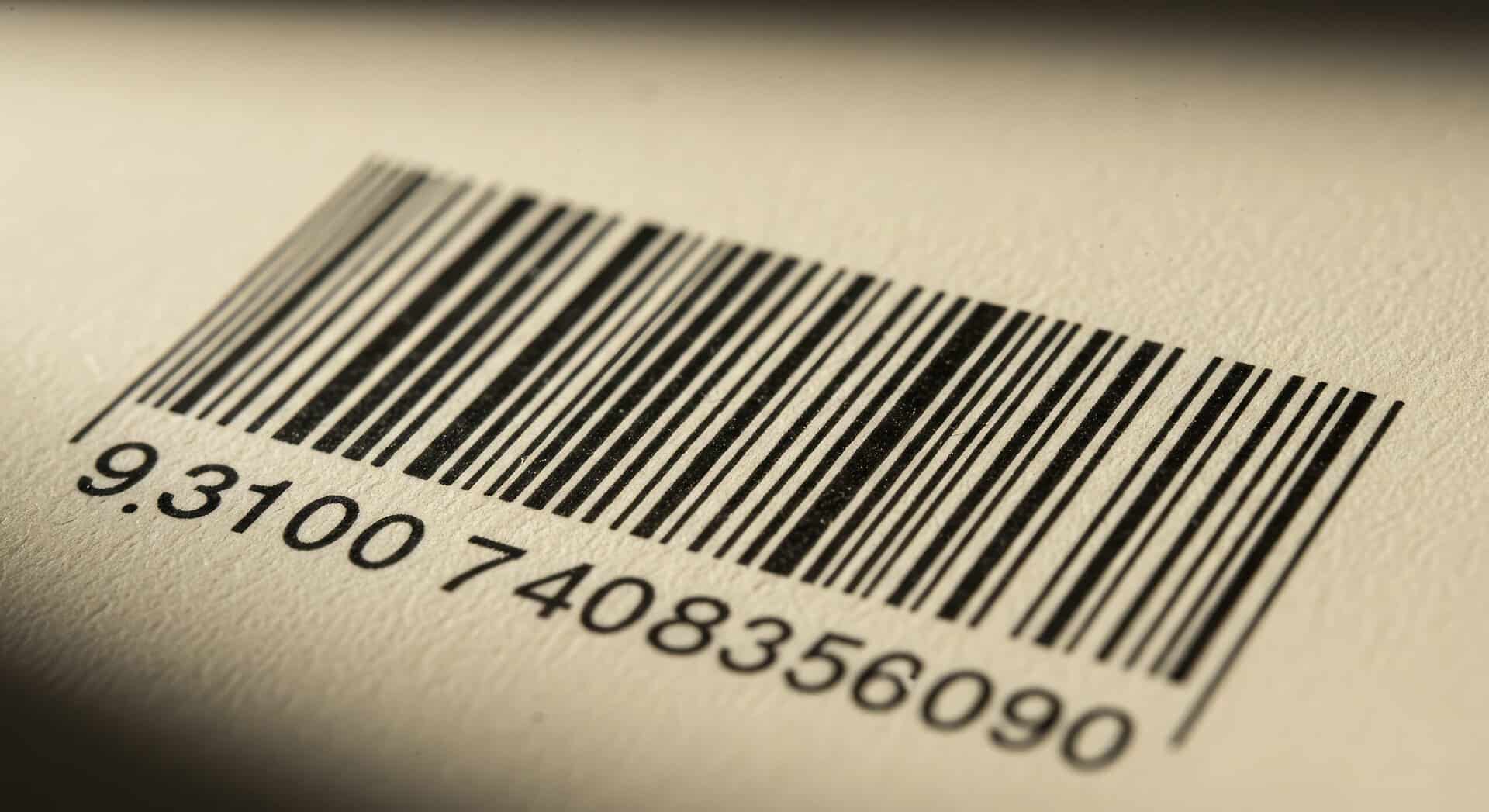In manufacturing, your hardware and products are subjected to harsh conditions — sometimes so extreme that traditional traceability methods just don’t cut it.
Since traceability is essential in the event of a recall, your parts require durable identification that can withstand the wear and tear of a manufacturing environment while standing the test of time. To further enhance efficiency and oversight, integrating mobile device management solutions ensures that all tracking processes remain secure, streamlined, and accessible across your operations.
Because traditional barcode labels can’t withstand the severe conditions of manufacturing operations, you need to use direct part marking (DPM). This is a permanent method of identifying and tracking parts with 2D barcodes — so it meets durability requirements and allows you to store more product information than a 1D barcode. Additionally, combining DPM with RFID technology can further enhance tracking and data collection efficiency.
But it doesn’t stop there. Once you’ve implemented the proper method of barcoding, you need to make sure that your traceability initiative is automated — not manual.
Let’s give the situation a little perspective.
Say you’re an automotive manufacturer. In the automotive sector, where vehicle or engine parts are often subjected to conditions that barcode labels cannot handle, direct part marking is a valuable tool for traceability and automatic identification. In instances where parts have defects, it’s important to properly track which parts need to be reworked, and to document any process changes that are required. You need the barcode to remain intact throughout the entire manufacturing process.
If you’re only using automatic data collection once the parts you’re manufacturing are complete, you won’t detect defects until after the parts are complete, which decreases your overall efficiency and wastes money.
In addition, relying on a manual data entry process to properly sort, dispose of, or correct parts that have quality problems or require other corrective actions is unwise. It results in a high degree of both inefficiency and inaccuracy, and the automotive industry relies on productive, streamlined processes in order to remain profitable. Inefficiencies and errors can and will lead to huge profit losses.
What does this mean for you?
It means that you need to use automatic identification technology throughout the entire process — not just at the end. This will enable you to find defects in products and parts before they’re complete, which saves time and money, and increases overall efficiency.
What kind of hardware will you need?
- A mobile computer: an industrial-grade or rugged mobile computer with 2D imaging capabilities (think the Intermec by Honeywell CK71 or Zebra TC8000) allows you to scan DPMs and automatically enter the recorded data into your system.
- An imager engine: adding a rugged imager engine or similar device to your mobile computer increases motion tolerance and overall device performance so that scanning barcodes in extreme conditions is fast and easy.
Results
The transition from the manual process to the handheld computers will make it easier than ever to properly and efficiently record and correct manufactured parts with quality problems or other defects. Workers using the proper technology can quickly add product information into the system, eliminating human error from the process. This also means that the collected data can be analyzed to improve your manufacturing operations.
Any time an organization replaces a manual process with an automated one, productivity stands to improve. The manufacturer stands to increase profits and see tangible benefits as a result of the enhanced operational efficiencies.
Also read – How a Packaging Execution System Helps Businesses Create Lean Manufacturing Initiatives


